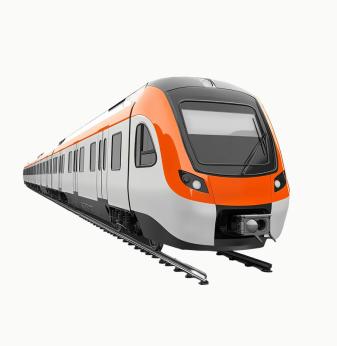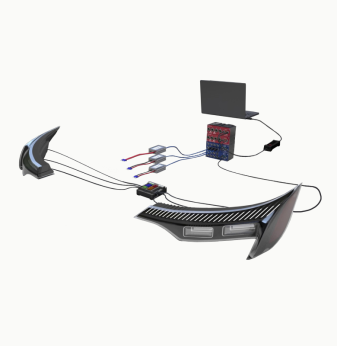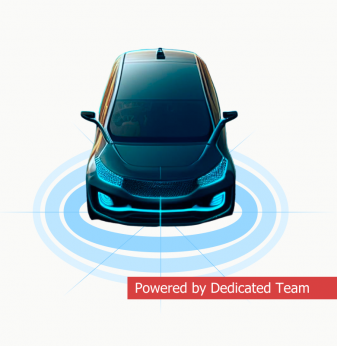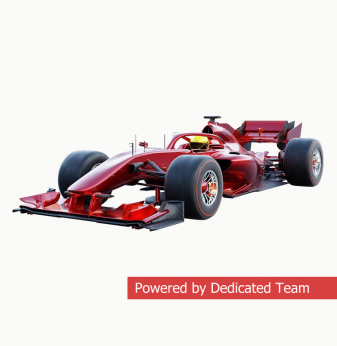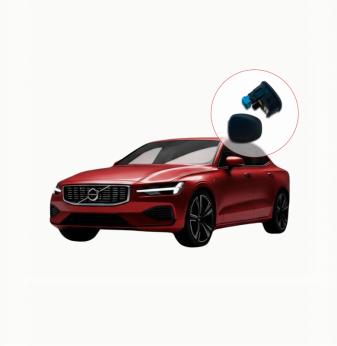Converting Diesel and Petrol Trucks to Electric Motors
Client
A German automotive company that offers solutions for electrifying trucks and fitting them with additional equipment for public utility services and other clients.
Challenge
To re-engineer diesel and petrol trucks and convert them to electric motors.
Solution
1. Concept development
Converting a truck to electric power involves removing the combustion engine and transmission from the vehicle and replacing them with a battery and power electronics modules.
The project consisted of the following steps:
- Reverse engineering.
- Data analysis and documentation work: to study and describe how the vehicle units behave, where the necessary signals are generated, what data is already being used for its work and what data is missing to continue development.
- Drawing up circuit documentation.
- Interface coding;
- development of custom CAN and LIN drivers;
- code optimisation to improve performance;
- adding new features.
- Designing a device to emulate signals from remote sensors.
- Adding diagnostic functions.
- System interoperability testing.
- Customer delivery.
Reverse engineering is required to ensure that when the trucks are converted to electric power, all functions remain operational and the original control units are not disrupted after the engine, gearbox and exhaust system have been switched off. We used the CAN/LIN analysers from PEAK-System to carry out the modifications.
2. Software development
Our client provided their system for controlling the electric truck: battery, charger, and an electric motor. Our team refined and improved it, which helped implement the truck integration.
The integration was aimed at ensuring that no errors were displayed on the truck's dashboard. Оur engineers emulated data from those sensors which would not be used in a vehicle with an electric motor, such as oil temperature indicators. The system received a signal that those indicators were normal, and the vehicle could then be driven.
Our team set up the vehicle components one by one and configured them to work together correctly: we ensured that the vehicle received the correct signals from the new system (about RPM, temperatures, internal parameters) and also accurately transmitted the correct data (how hard the pedal was pushed, whether the vehicle was moving, etc.).
As a result, all the units remained functional: braking system, safety assistants, camera, and radar. We have ensured that they work correctly and that signals are transmitted/read after removing the engine, gearbox and exhaust system.
3. Hardware design
Our engineering team has designed an auxiliary board to emulate signals from sensors that have been removed along with the engine. This system makes it possible to keep the vehicle running correctly on electric power. It works as follows: for example, a driver presses a clutch, and our engineers determine which signal is coming in and when to emulate the circuitry. In this way, the truck receives the signal data as required for its operation, but the signal itself is not present.
Similarly, we worked with all the removed sensors and corresponding signals: engine and alternator revolutions, clutch pedal position, and two transmission sensors.
Business Value
Our client will receive four electric utility trucks with integrated heating, air conditioning, recuperation, hill start assist and DC/AC charging capability.
The conversion of diesel and petrol trucks to electric power will enable our client’s company to attract new customers not only in the DACH region but also in the EU: electric-powered utility trucks are in demand in European cities, as the EU has an environmental zone regulation which restricts the entry of large diesel or petrol-powered vehicles.



